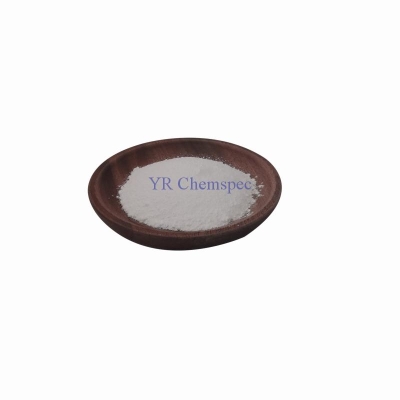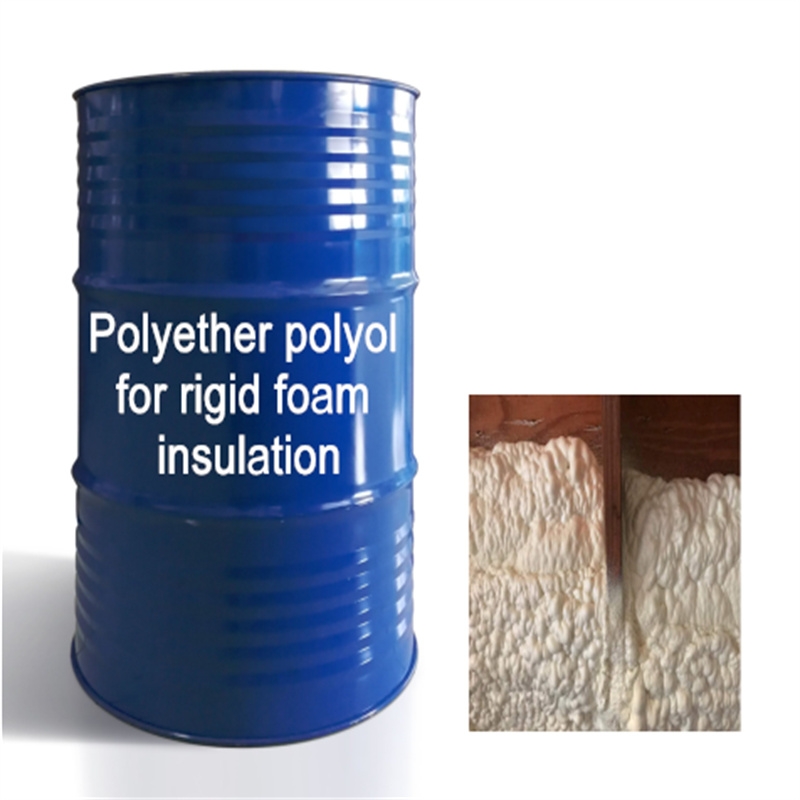-
Categories
-
Pharmaceutical Intermediates
-
Active Pharmaceutical Ingredients
-
Food Additives
- Industrial Coatings
- Agrochemicals
- Dyes and Pigments
- Surfactant
- Flavors and Fragrances
- Chemical Reagents
- Catalyst and Auxiliary
- Natural Products
- Inorganic Chemistry
-
Organic Chemistry
-
Biochemical Engineering
- Analytical Chemistry
- Cosmetic Ingredient
-
Pharmaceutical Intermediates
Promotion
ECHEMI Mall
Wholesale
Weekly Price
Exhibition
News
-
Trade Service
1.
This method is suitable for the determination of BHC , DDT , HCB and Mirex in solid waste leachate
When the sampling volume of the sample is 100mL, the detection limit range is 0.
Second, the principle of the method
Extract the BHC, DDT , hexachlorobenzene and mirex in the extract with dichloromethane , then transfer the dichloromethane extract to the n-hexane phase, after purification, concentration, and constant volume, use the Separation and detection by gas chromatograph with capture detector (ECD) are qualitatively based on retention time and quantified by external standard method .
3.
(1) Dichloromethane : pesticide residue level
(2) N-hexane : pesticide residue level
(3) Anhydrous sodium sulfate : pure superior grade
(4) Sodium chloride : pure superior grade
(5) Concentrated sulfuric acid: pure superior grade
(6) Concentrated nitric acid: pure superior grade
(7) Extractant: Add a mixture of concentrated sulfuric acid and concentrated nitric acid with a mass ratio of 2:1 to ultrapure water (about 2 drops of 1L water) to make the pH 3.
(8) Organic chlorine mixed standard solution: ρ=1000ug/mL, the solvent is n-hexane
Four, instruments and equipment
(1) Gas chromatograph: with electron capture detector (ECD)
(2) Chromatographic column:
Front column: HP-17 (30m×0.
Back column: HP-5 (30m×0.
(3) Concentration device: equipment with equivalent performance such as nitrogen blowing concentrator and rotary evaporator
.
(4) Extraction bottle: 2L PTFE jar with screw cap and inner cap
.
(5) Separation funnel: 250mL
.
(6) Flip-type oscillating device
.
Five, pre-treatment
(1) Preparation of leaching solution
"Semi-Volatile Organic Compound Analysis Technology-Preparation of Sulfuric Acid and Nitric Acid from Leachate"
(2) Extraction
Take 100 mL of the extract in a separatory funnel, add 5 g of sodium chloride, shake, shake, and then add 20 mL of dichloromethane to fully shake, let stand, remove water through a funnel with an appropriate amount of anhydrous sodium sulfate, and collect the organic phase
.
Repeat the extraction twice as described above, thoroughly wash sodium sulfate with dichloromethane , combine the organic phases, collect them in a 100 mL pear-shaped flask, and wait for concentration
.
Note: The emulsification of the extract can increase the amount of salt or use the high heart method to demulsify
.
(3) Concentration and purification
1.
Concentrate
Concentrate the sample with a rotary evaporator at a temperature of 30°C in a water bath, concentrate to 4 mL, add 4 mL of n-hexane , and continue to concentrate to 1.
0 mL
.
2.
Purification
If the color of the extract is darker, it can be purified with silica gel, alumina, or Flory column
.
The concentrated sulfuric acid purification method is also applicable to the organochlorine pesticides in Table 3-1
.
Table 3-1 Retention time
Note: If the extract is transparent and light in color, which does not affect the chromatographic separation, the separation and purification step can be omitted, and the extract is concentrated to a constant volume and then directly injected for analysis
.
Related Links: Determination of Alkyl Mercury in Solid Waste Leachate Purge and Trap/Gas Chromatography-Cold Atomic Fluorescence Method (2)







